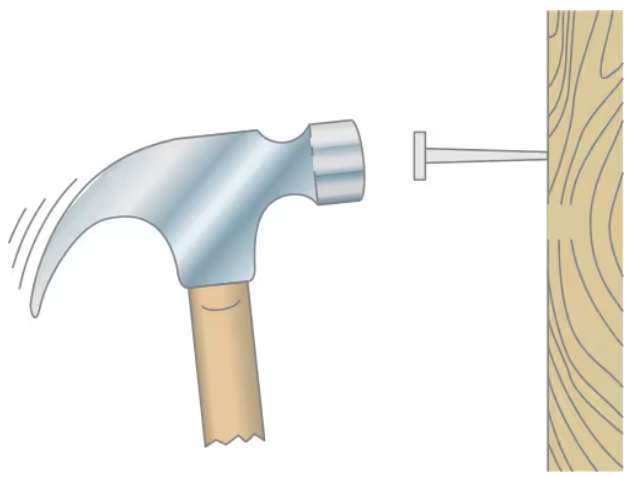A microwave oven is used to heat 250 g of water. On its maximum setting, the oven can raise the temperature of the liquid water from 20°C to 100°C in 1 min 45 s ( = 105 s).
(a) At what rate does the oven put energy into the liquid water?
(b) If the power input from the oven to the water remains constant, determine how many grams of water will boil away if the oven is operated for 2 min (rather than just 1 min 45 s).







